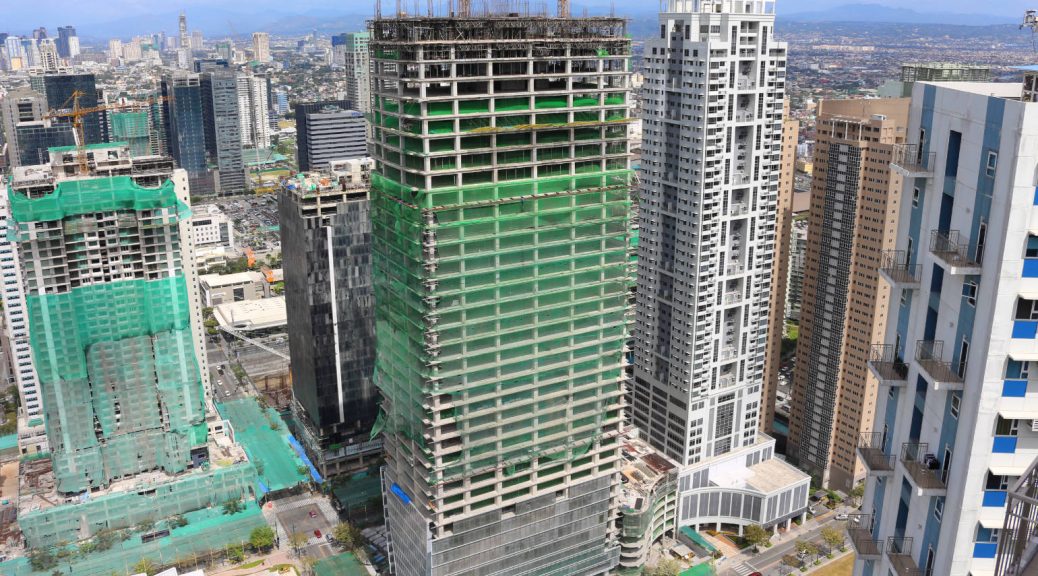
Online Listing Platforms and Their Expansive Effects on the Real Estate Market
Advancements in technology and communication continue to bring about a variety of conveniences and innovations, whether through online catalogs, mobile apps, and others. Real estate finds itself becoming more accessible with the help of online real estate portals.
Arguably one of the biggest advancements that have come from the Internet age is the ability to make purchases online. Starting with English entrepreneur Michael Aldrich’s online shopping system that involved a modified domestic TV and a real-time transaction-processing computer in 1979, online commerce has advanced to full-pledged websites with corresponding mobile apps, official social media pages, and online payment processing software.
Platforms like eBay and Amazon are frequented by millions of online shoppers each day, while local outfits like Zalora and Lazada are already what’s synonymous with online shopping in the country. These days, almost anything can be expected to be sold and marketed online, including an entire industry as multifaceted as real estate.
Viewing Homes From the Comforts of the Home
Online real estate listings were practically unheard of in the earlier stages of the 2000s, despite the then already lengthy existence of other online consumer-to-consumer and business-to-consumer sales services. With regard to the Philippines, one of the reasons was the lack back then of Internet penetration in the country, as not only did fewer customers have online access in the past, but the software was still somewhat unavailable for the local maintenance of the platforms.
Fast forward to the present, and online listings are essentially changing the way properties are marketed and sold. Brands like MyProperty.ph and Lamudi Philippines provide digital marketplaces that are exclusively tailored to real estate. Developers, brokers, and property owners can get to use these portals to list properties and include comprehensive information and photos for each, and site visitors, presumably potential buyers or investors, have a myriad of options at their fingertips, compete with details and photographs to help them arrive at an informed investment decision.
 There are plenty of properties to consider that can easily be seen listed online. (Photo via Shutterstock)
There are plenty of properties to consider that can easily be seen listed online. (Photo via Shutterstock)Like majority of current digital properties, most real estate marketplaces come with corresponding mobile apps, allowing potential buyers to browse real estate options available from one end of the country to the other, all the while still remaining in the comfort of their own home or locale. Apart from browsing or selling property, a wealth of information regarding the industry has become more available to more users through these online property portals.
All Eyes on the Entire Real Estate Market
One of the biggest caveats in real estate before the proliferation of real estate portals was that when investors were interested in buying property, they were commonly limited to their immediate locale, and had maybe only a handful of options elsewhere. Through the existence of online real estate portals, potential investors now have greater access to what is currently available in the market, even allowing them to consider properties that are ways out of where they are.
In its Real Estate Market Report for 2015, online real estate portal Lamudi Philippines reported having received approximately 4 million total page views between the second quarter of 2014 and first of 2015. While the 50,215 total of listed properties by year’s end for Lamudi is not indicative of all that’s available on the market, the website’s large amount of page views is on the other hand indicative of how much more potential buyers and renters look online to explore their increased real estate options.
 Typical of any highly urbanized locale, Metro Manila has most eyes on it with regard to real estate, but online listings has allowed other locals to be have increased considerations as well. (Photo via Shutterstock)
Typical of any highly urbanized locale, Metro Manila has most eyes on it with regard to real estate, but online listings has allowed other locals to be have increased considerations as well. (Photo via Shutterstock)More Than Convenient Software
While online real estate portals have allowed property seekers to browse properties for sale and associated information from their computers and mobile devices within the comfort of their own homes and offices, the emergence of websites like Lamudi and MyProperty have also been contributory to increasing interest in properties being sold outside the major metropolitan areas and the overall more popular locales.
In the same report published by Lamudi, the Metro Manila continues to receive the highest search traffic on the website, receiving the most inquiries for properties listed on the website. However, even if the region’s search traffic continues to increase, its share of traffic among other regions continues to dwindle, settling in at 55.09 percent in the first quarter of 2015 after standing at 78.55 percent in the same period of the prior year.
Search traffic increased for most regions overall, a testament to how the continued inclusion of properties for sale on real estate portals both increases the interest in them as well as the areas they are located. While the report notes that each of the regions has at least one or two key locales that drives interest for property, it must also be acknowledged that interest for these properties and locales would undoubtedly be limited to locals and visitors only in the absence of real estate portals.














